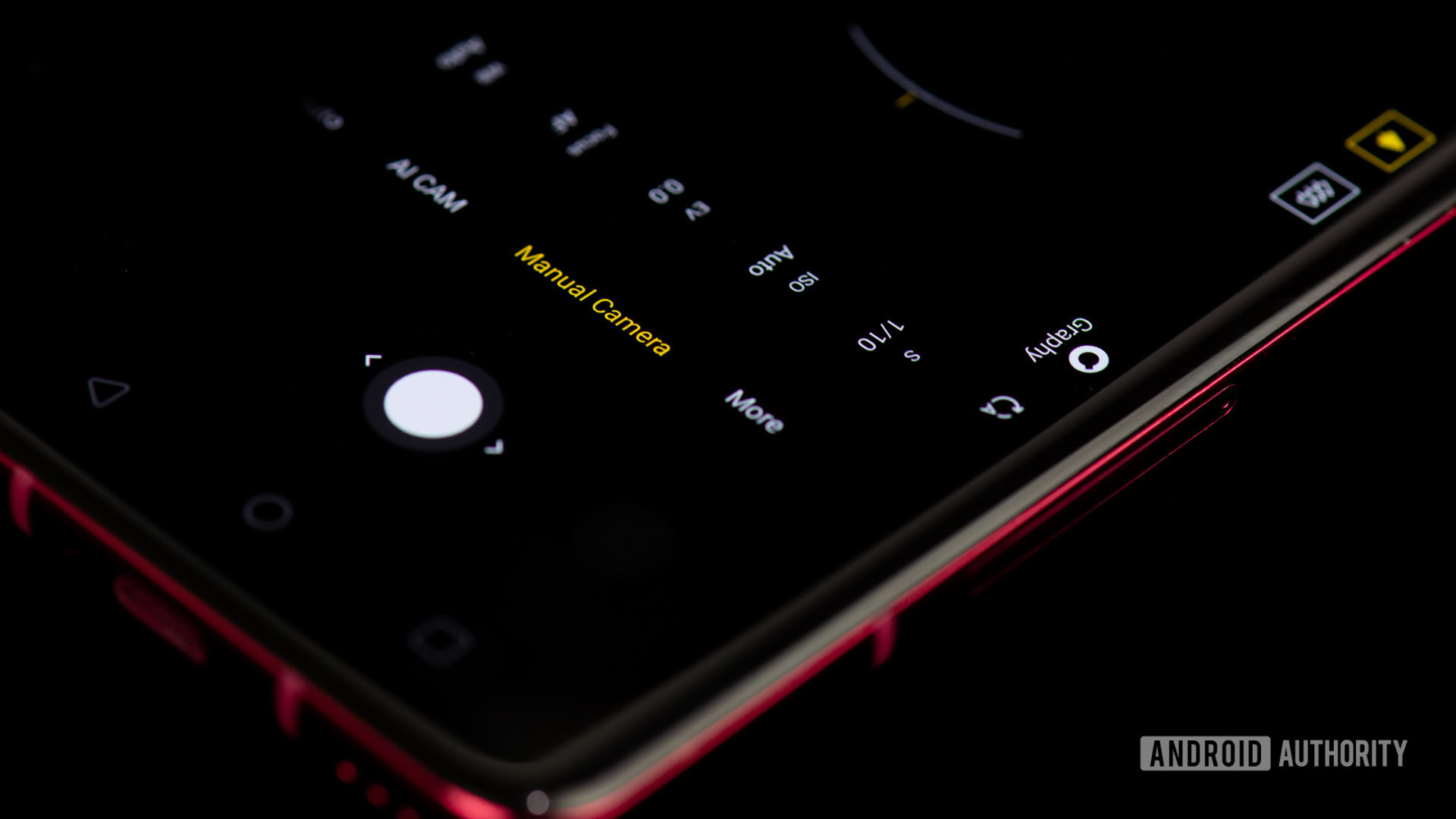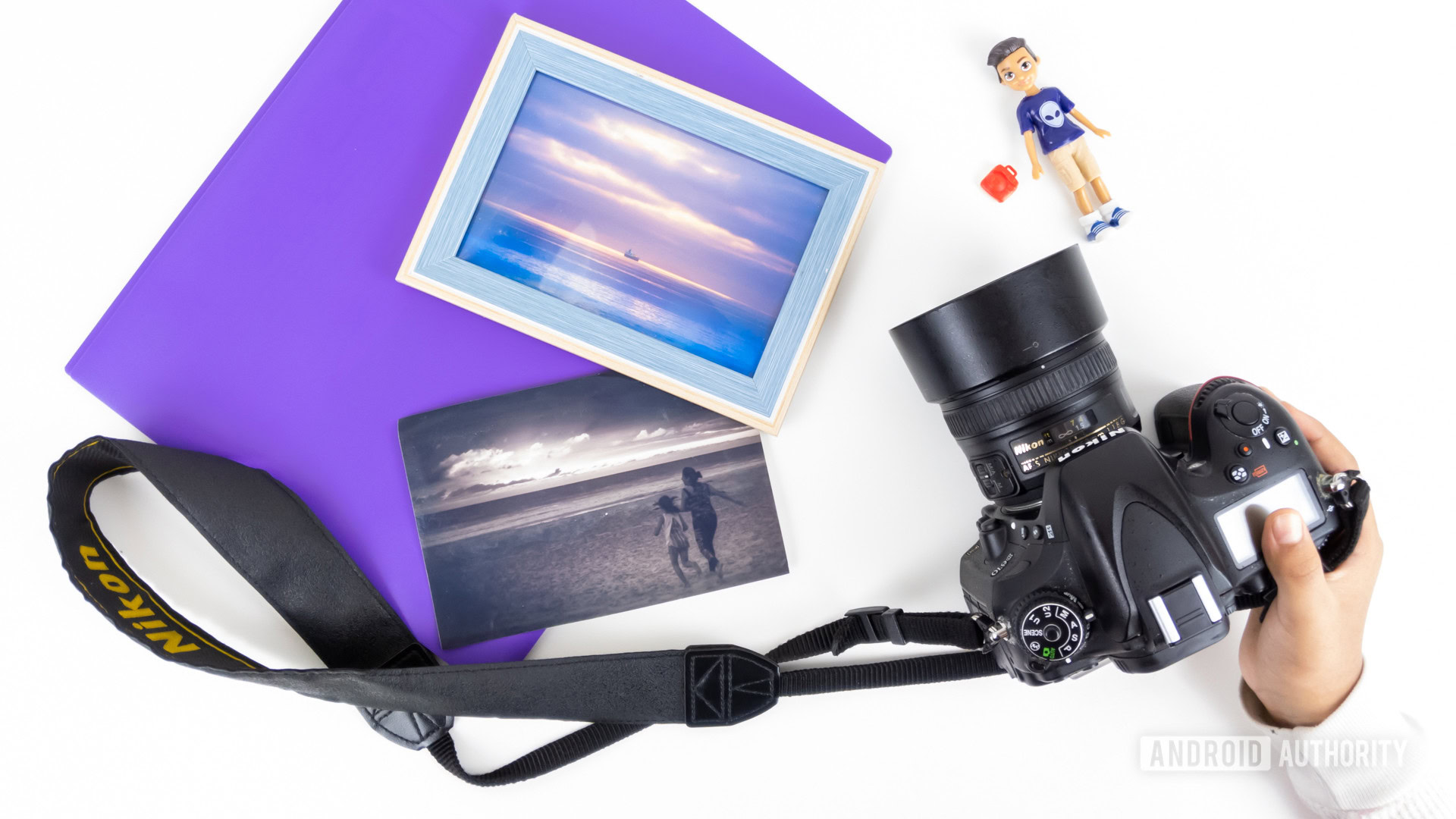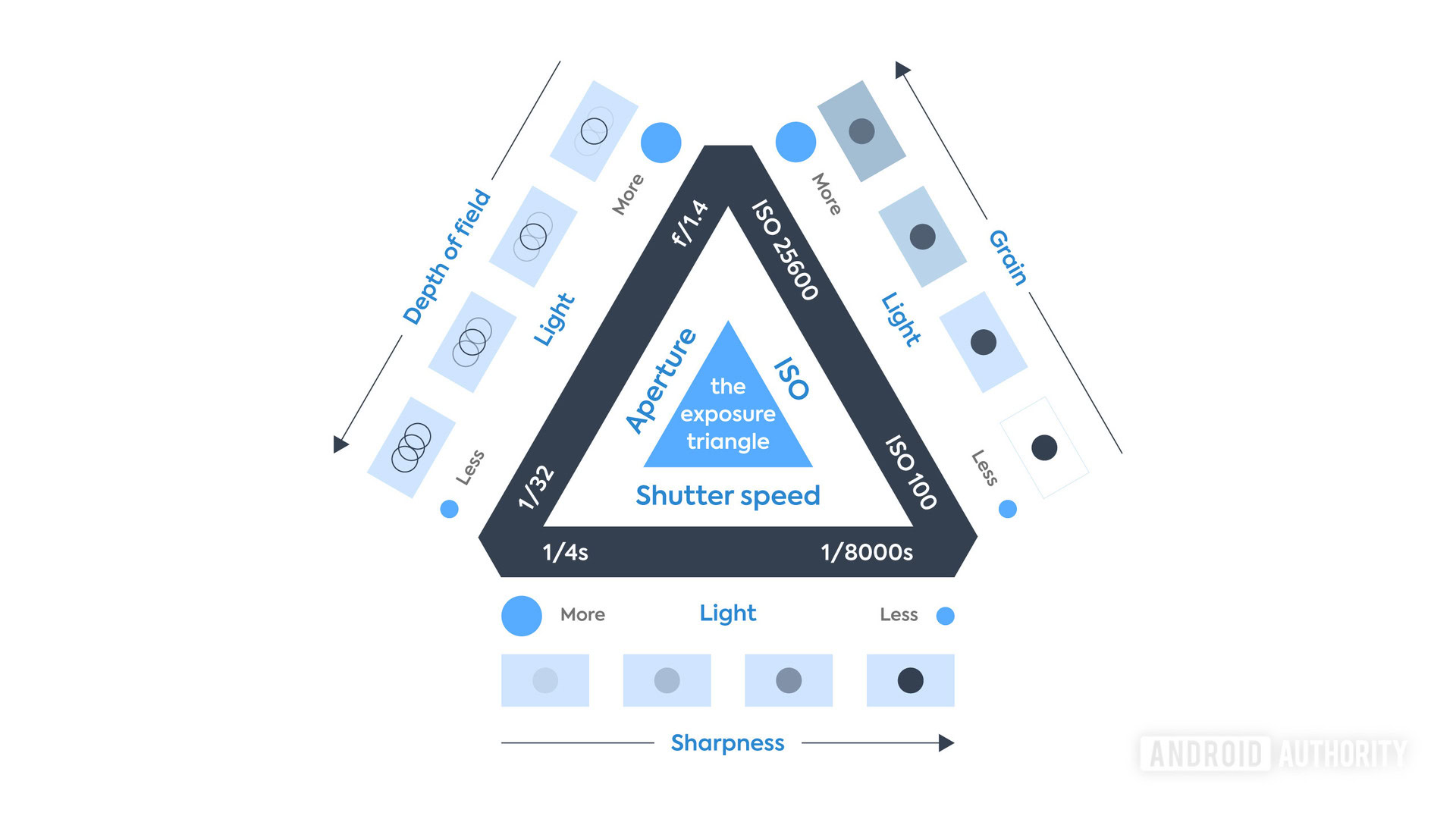What Is Iso In Cameras

Edgar Cervantes / Android Authority
When exposing a photograph, the three main settings yous should consider are the aperture, shutter speed, and ISO. These are commonly referred to as the "exposure triangle," every bit one must attain a residue between all 3 factors to achieve a well-exposed image. Today nosotros will be talking about what ISO is, what it stands for, its effects, and how you can employ it to your advantage to accept the best pictures possible.
What does ISO mean?

Edgar Cervantes / Android Authority
The word ISO comes from the abbreviation used by the International Organization for Standardization. The founders chose the term to abridge its name (rather than an acronym like IOS) inspired by the Greek word "isos," significant "equal."
The organization sets and maintains diverse industrial and commercial standards, and the photography market place is one of them. Previous camera standards ASA and DIN were combined to create the ISO standard in 1974.
At its origins, ISO was a rating for the light sensitivity of photographic film (ISO 100, 200, 400, etc.). The higher the rating, the more sensitive the film was. We now utilise the aforementioned term and standards to measure a camera sensor's light sensitivity, given the rising of digital photography.
Earlier we movement on: Other photography terms you should learn
What is it?

In photography, ISO relates to a sensor's (or motion picture's) sensitivity to calorie-free. A lower ISO setting makes the sensor less sensitive to lite, meaning information technology either needs more illumination or a longer shutter speed to expose an prototype properly. Increasing the setting makes your sensor more than sensitive to lite, allowing you to shoot in darker environments, with tighter apertures, or using faster shutter speeds.
Of import: How to shoot photos in manual mode
How is information technology measured?
ISO is measured in numbers, commonly multiples of 100. While manufacturers used to stick to ISO 100, 200, 400, 800, 1600, and and so on (doubling in value), things have changed with more contempo cameras. Smaller increments have been introduced for better refinement, and now it's common to see ISO measurements like 125, 160, and more. The concept remains the same, though. ISO 100 is half equally sensitive every bit 200, which is also half every bit sensitive equally 400.
The effects of manipulating ISO
The effects of changing the value are simple to understand. A higher ISO setting will brand a sensor more sensitive and, therefore, make an image brighter. At the aforementioned time, increasing the ISO creates more than grain or racket. It isn't mentioned ofttimes, simply a college ISO can also deteriorate dynamic range and colors. These are of import reasons to keep ISO equally low equally possible.
Related: What is dynamic range in photography?
Look at the images in a higher place to come across an case of differences between depression and high sensitivity levels. We didn't make any edits to these images. I cropped them so you can better inspect the differences, though. Furthermore, we must annotation we shot these photos using a Nikon D610, which has a total-frame sensor. Such bigger sensors are significantly superior when handling dissonance. The differences will exist more pronounced when using smaller sensors, such every bit ones found on smartphones.
With that in mind, the images higher up still show a pregnant difference in image quality. Not only is the high-ISO 1 grainier, but the quality in colors and dynamic range have inverse.
When should I increase the ISO?

Edgar Cervantes / Android Say-so
I have said it time and again: grain can't ruin a adept photograph. Composition, subject, meaning, and many other intangibles are far more critical. Play with the sensitivity; just be conscious of why you're doing it, and its consequences.
Grain tin't ruin a good photo.Edgar Cervantes
A lower ISO volition create a meliorate-looking image, so our general advice is that you simply increase the parameter when totally necessary. If at that place is not enough light, you demand a tight aperture, or want to keep a faster shutter speed, your merely option is to increase sensitivity.
Source: https://www.androidauthority.com/iso-setting-camera-photography-1017069/
Posted by: merlinawayet1963.blogspot.com


0 Response to "What Is Iso In Cameras"
Post a Comment